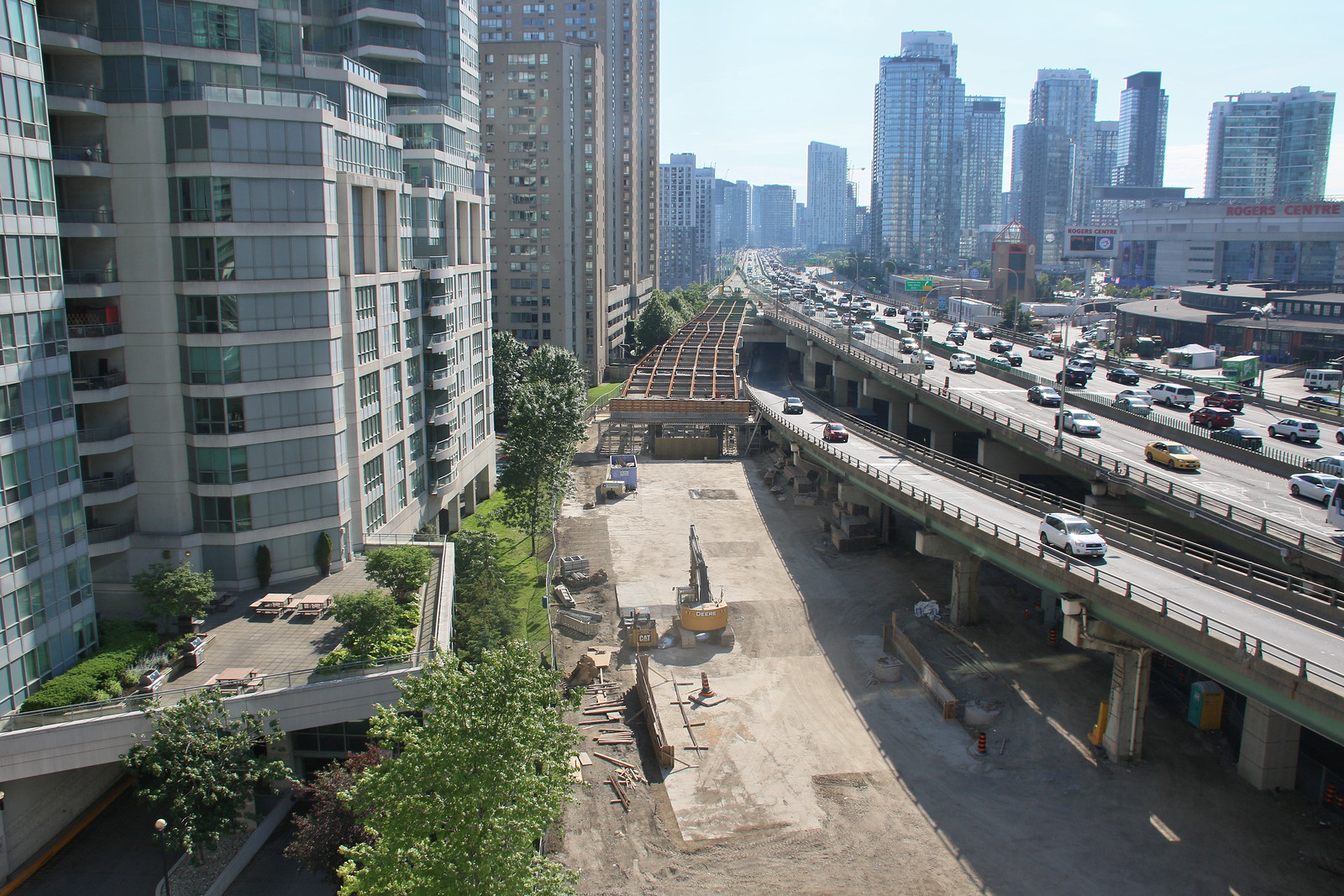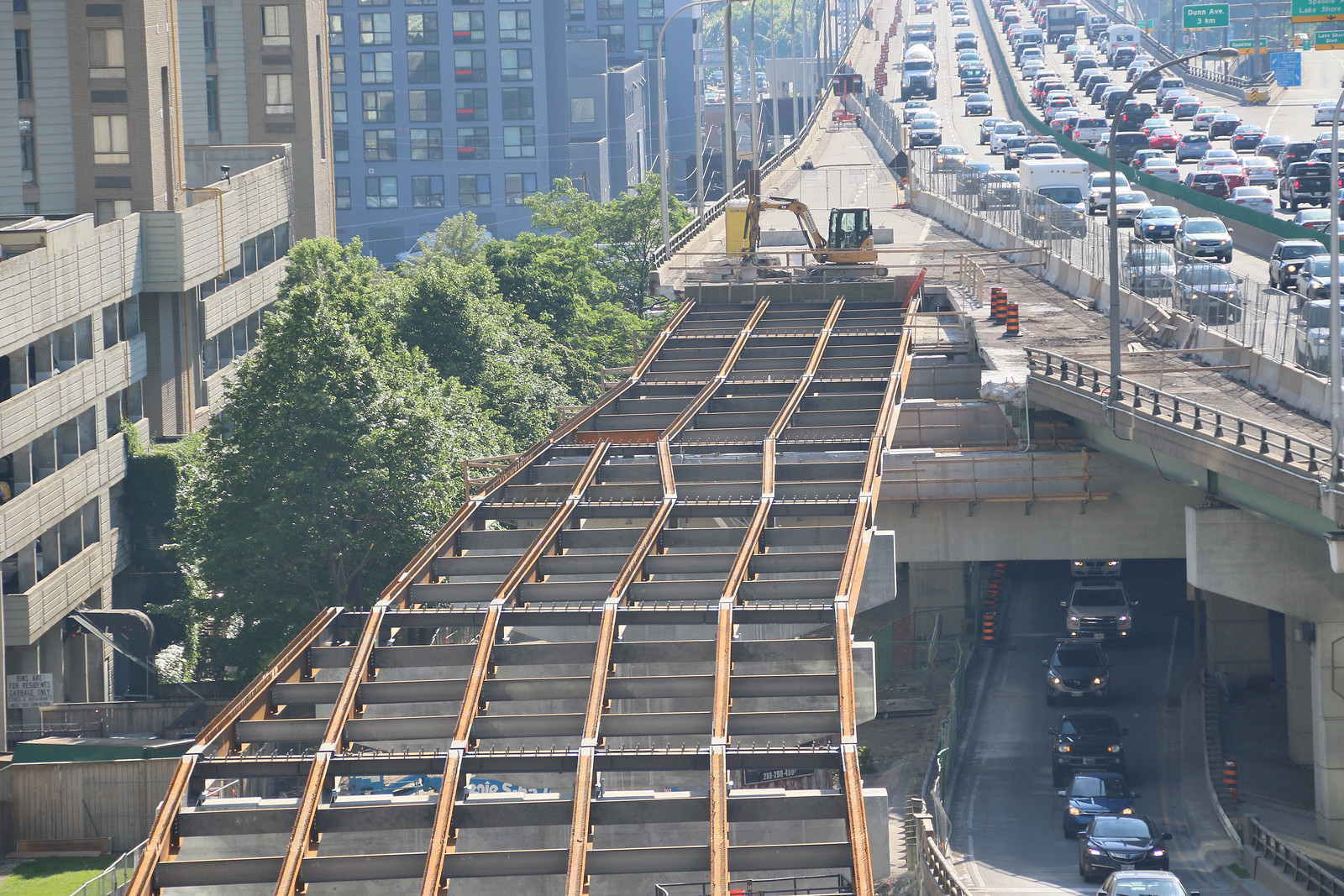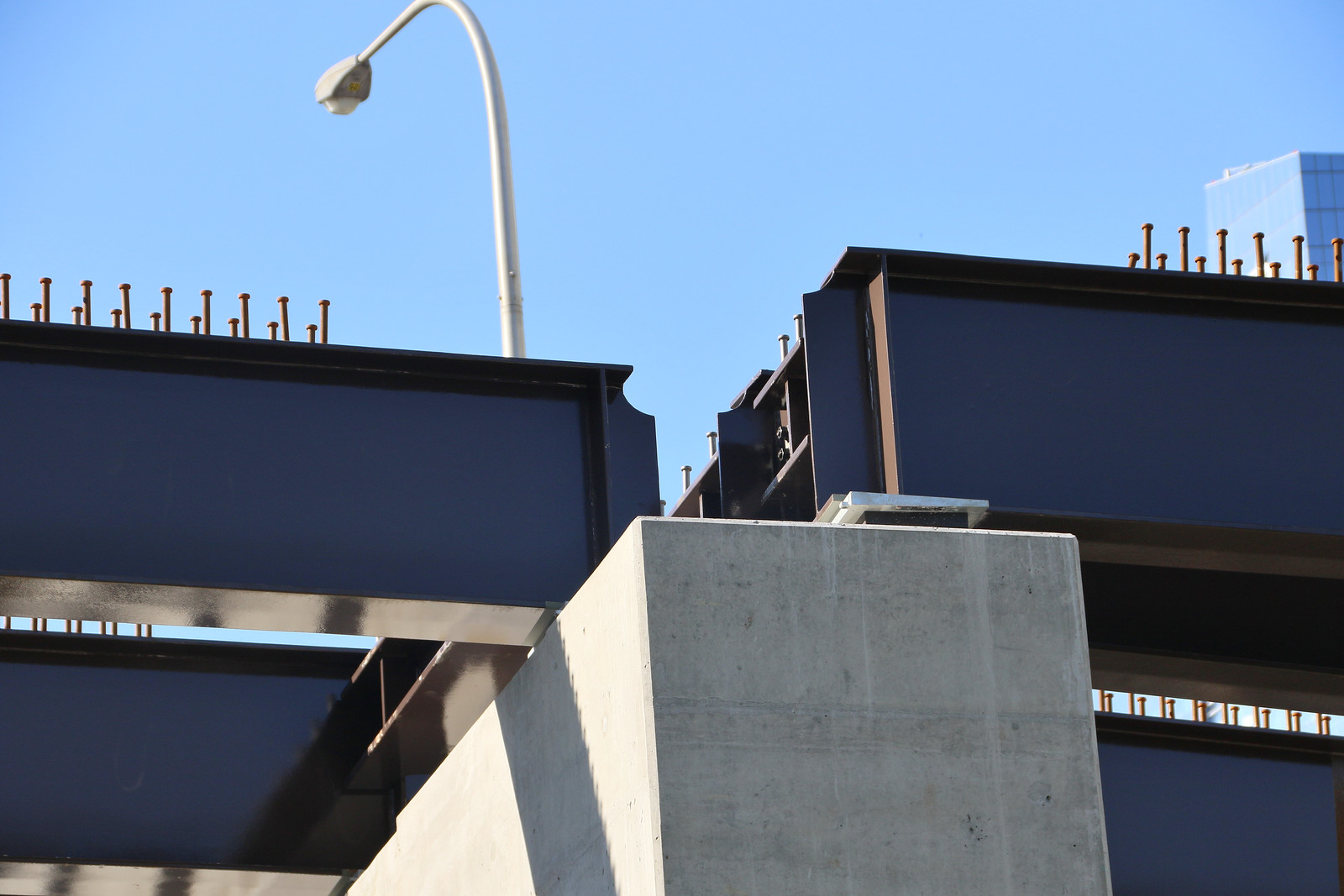Markster
Senior Member
I had the opportunity to visit Seoul and Tokyo recently. In addition to outstanding transit systems both mega cities had urban thoroughfares, very wide streets with 6+ lanes, where vehicles could go fast (60km+). In Tokyo there are multiple highways that wind through the core of the city.
The Gardiner is an essential part of our infrastructure. Perhaps as we build out the DRL and other transit projects it will become less essential. Until then, the argument to remove it would strand many commuters and make our City much less efficient.
This is where I bring up that Tokyo has many elevated expressways, but most importantly, they are correctly sized elevated expressways. They are 2 lanes each direction.
The Gardiner East plans need to desperately be revised to match the highway build size with the actual capacity required. The current Gardiner East is vastly overbuilt, and a replacement should be 2+2 between Jarvis and Eastern.
























